This post is also available in: polski
Tykocin – the Narew River time machine
In September 2015, the Podlasie Tykocin was transformed, not for the first time, into a film set. The town became a time machine which moved the audience to 1921. The scenes from Tadeusz Kantor’s childhood were played here because the film titled “Kantor. I will never come back here” is about him. Also in Tykocin many scenes from Jacek Bromski’s trilogy “U Pana Boga za….” were shot. The first contemporary “star” who discovered Tykocin was Agnieszka Osiecka – enthralled by the atmospheric streets she called it a “fairytale town”. However, the biggest fan of this place was someone from a completely different, distant fairy tale. This is King Zygmunt August, the last of the Jagiellonian dynasty. After the death of his beloved Barbara Radziwiłłówna the ruler could hardly endure crowded and stuffy Cracow. He decided to permanently change his residence and move to the Narew River. Who knows? If the king had not died prematurely, perhaps today we would have the capital city in Podlasie?
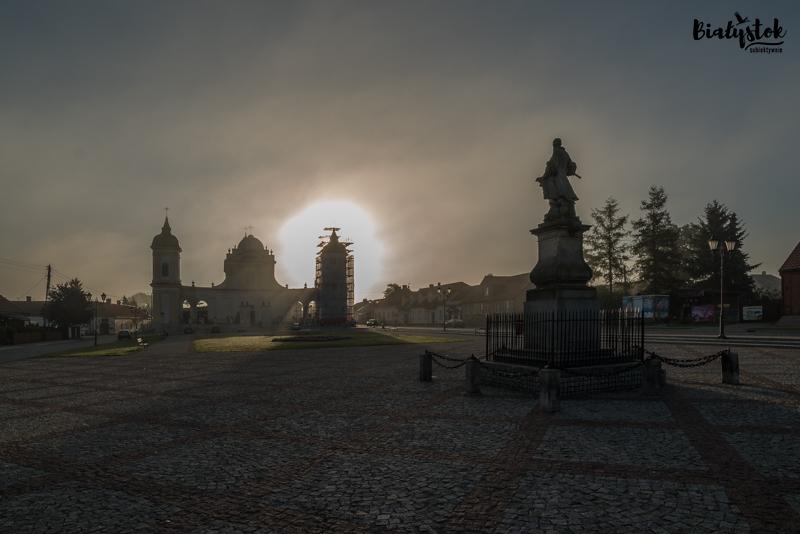
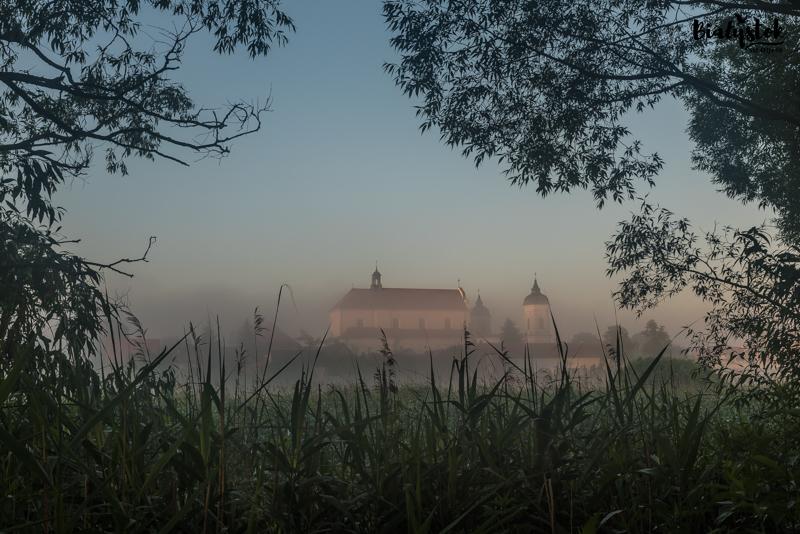
Attractions or what to visit in Tykocin
If you are looking for a place where you can literally touch history and not be trampled on by a pack of tourists, you have come to the right place. Tykocin is a place where time flows at a different pace. Walking along cobbled streets we have the impression that in a moment a bunch of kids in yarmulkes will fall out from behind the corner or a collar of a pre-war rag collector will roll out. Despite the extermination of the Jewish community, the shtetl spirit is still hovering over Tykocin. In another place you will see a baroque decoration, unchanged for 300 years. In the outskirts of the town, the Zygmunt August Castle is climbing up the hill. Nearby, the Narew River flows lazily. The surroundings encourage hikers and bikers to enjoy them. In other words, relaxation and real slow life await you here. Our photo gallery says it all… But if you miss the bustle of the city, nightclubs and pubs, Bialystok is only 27 kilometers away. On our blog we have already written about the legendary Jewish cuisine restaurant – Tejsza – and reviewed the restaurant at the Castle. In the future, we plan to write articles about the history of the castle and the synagogue.
10 facts from Tykocin’s history which will truly impress you
- The coffin with the mummified body of Zygmunt August spent over a year at the castle in Tykocin. Why? After the childless death of the king, not only an empty throne but also the huge inheritance remained. It was these legendary cases of valuables, horse rows, silver, furniture and other treasures that were the subject of a huge dispute across the country. The funeral and the inheritance had to wait…
- The famous Wawel tapestries originally decorated and warmed the castle in Tykocin. They were taken to the funeral ceremony of the king (1573) and unfortunately, they never returned from Cracow in Podlasie region.
- The armory at the castle in Tykocin was of strategic importance. It was here that a huge crown arsenal was gathered. In the 16th century Tykocin was located more or less in the middle of the territory of the Republic of Poland. It was possible to transport bullets, cannons and ammunition relatively quickly and easily to any place by rivers. And so they did. Stefan Batory floated cannons and 3 thousand bullets from here to fight against the rebellious Gdańsk inhabitants. The demolition guns went from Tykocin to Livonia, to the war with the Swedes (1601).
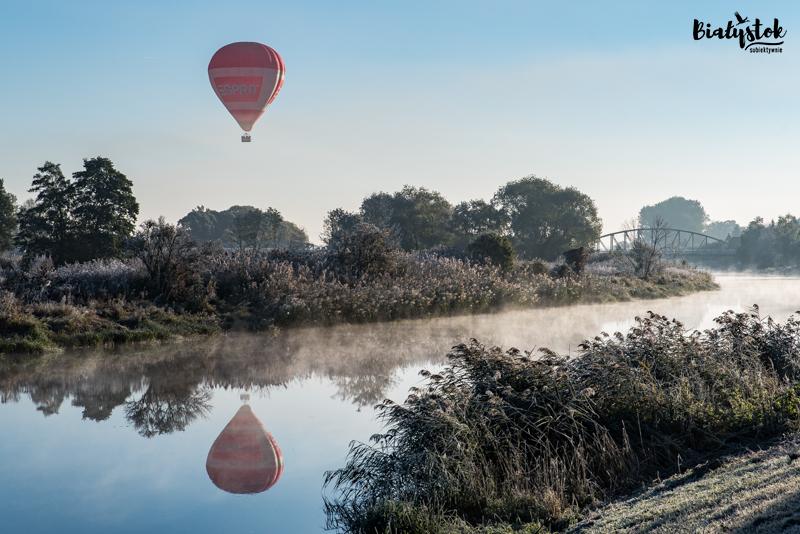
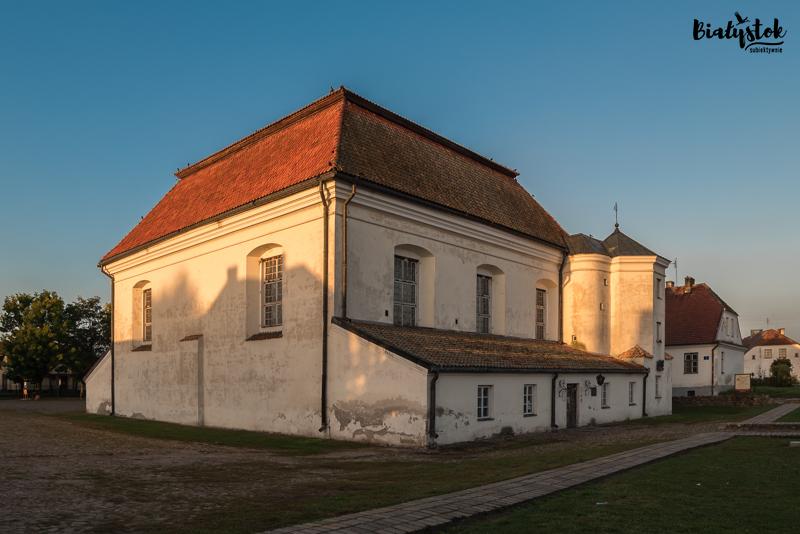
Tykocin – an order, bridge and trapeze?!
- The bridge over the Narew River in Tykocin brings proper associations in tourists who come from Lower Silesia. As if it were similar to something? Well, it is indeed ? The rumor spreads that it was brought by the “brotherly army” (i.e. the Soviet) straight from Wrocław. Originally, it was supposed to go to the USSR but luckily it stayed with us and we must admit that it is beautifully composed with the Baroque neighborhood.
- The Order of the White Eagle was established on November 1, 1705 in Tykocin. It is the oldest and highest state distinction of the Republic of Poland awarded to the most outstanding Poles and the highest ranked representatives of foreign countries.
6. Market Square in Tykocin is a very unusual shape – of a trapeze. There is the second oldest monument in Poland erected for a secular person. The first was Sigismund III Vasa in Warsaw, in the Podlasie region in 1763 Stefan Czarniecki was commemorated.
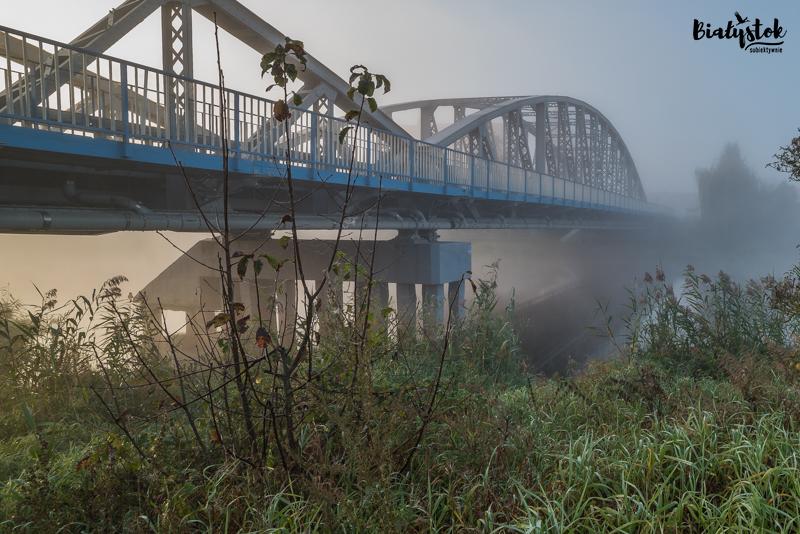
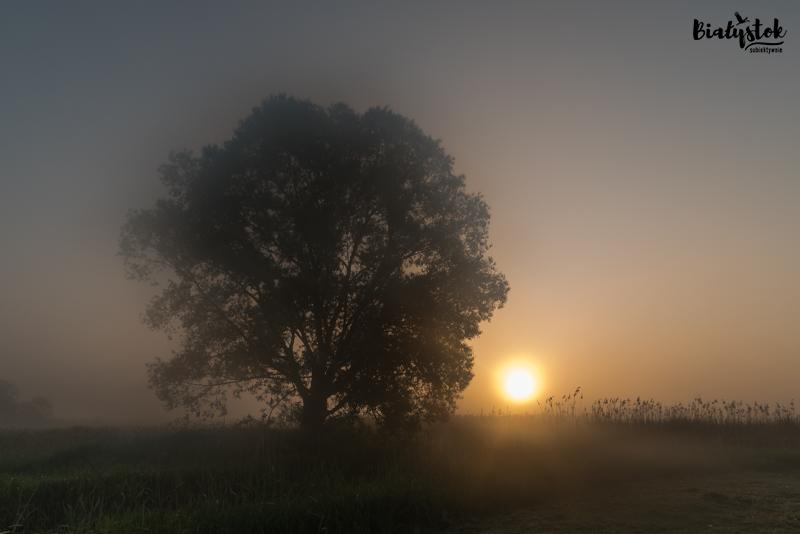
Tykocin – history about which you will not read in textbooks
- The oldest building of the town is the Alumnatium. It served as a shelter for war veterans from the first half of the 17th century until 1914. Today it is the only one of its kind in Poland and one of the oldest in Europe.
- In the times of the First Republic of Poland, Tykocin Jews played a significant role in the life of the entire Jewish community. Their influence and rank is evidenced by the fact that in the Jewish assemblies only the representatives of the Cracow’s Kazimierz were more important.
- The Holy Trinity Church built by Jan Klemens Branicki can boast with a complete eighteenth-century furnishings. The icing on the cake are original wedding portraits of the Branicki family.
- The siege of the fortress in Tykocin during the Swedish Deluge was described colorfully by Henryk Sienkiewicz. Every year in February a reconstruction of the assault in the castle in Tykocin is held. We invite you!
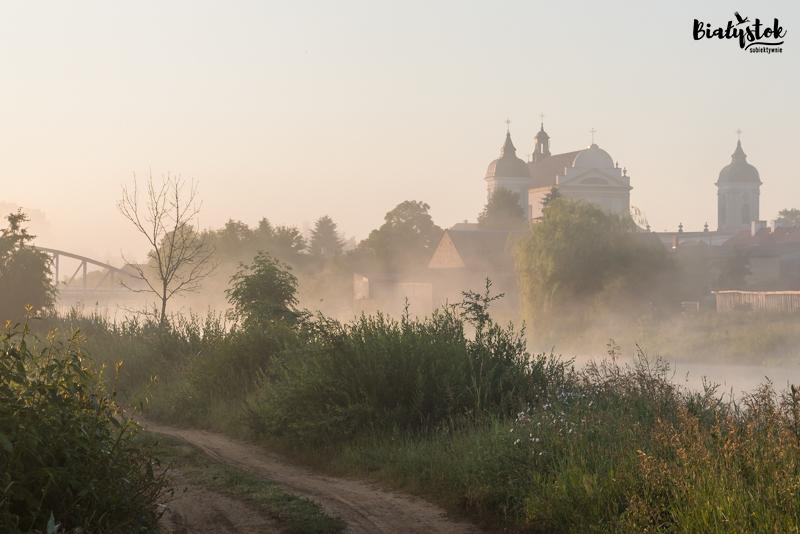
Tykocin. Photo gallery
The author of the phenomenal photos from our gallery is Krzysztof Kadziewicz, a partner of the blog and a member of the Photographic Society of Białystok. Thank you very much for making the collection from Tykocin available and for the opportunity to show it to our readers. More beautiful photos can be found on the website kadziewicz.eu . If you would like to take good photos yourself, ask a professional about this and that, we invite you to the Photo Clinic in WOAK. The meetings are held regularly – you can meet Krzysztof Kadziewicz and his colleagues there – ask, boast or simply talk to photography enthusiasts about photography.

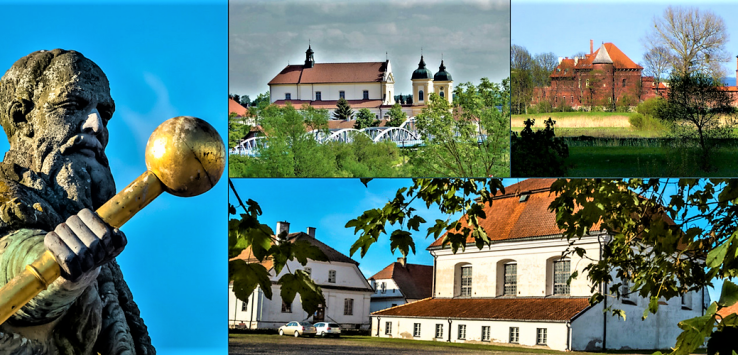

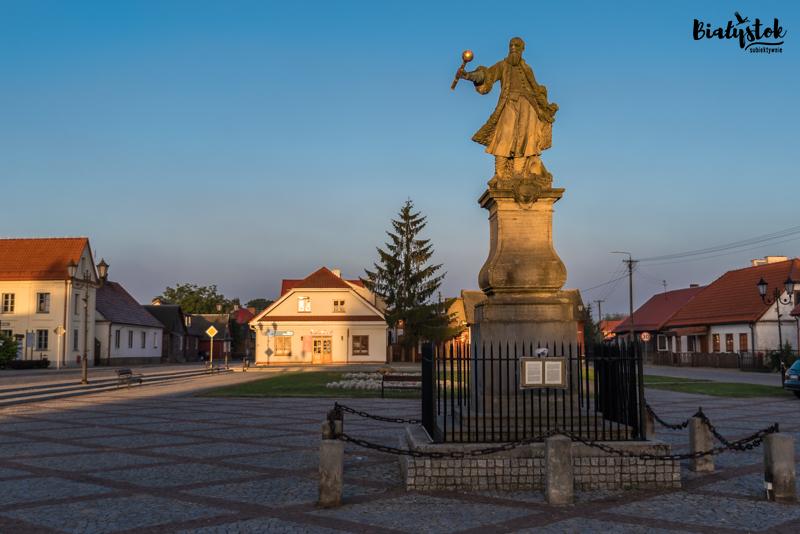

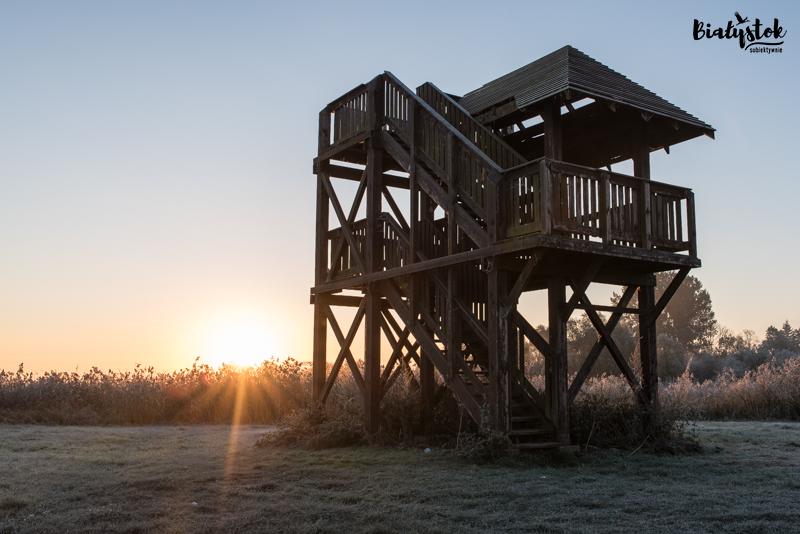
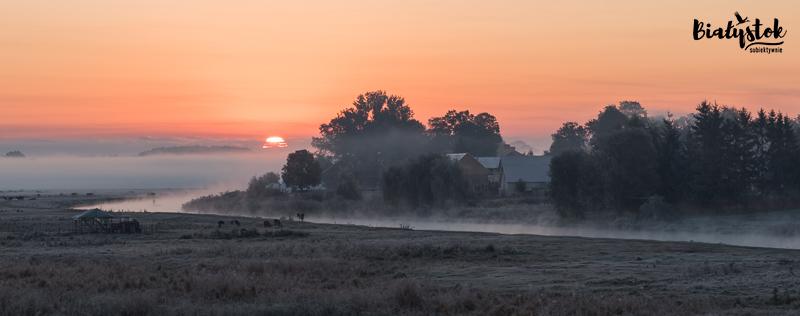

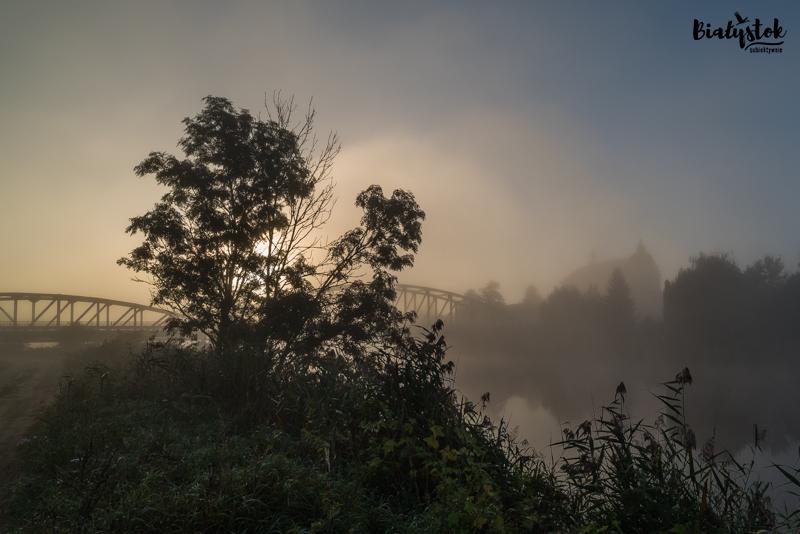
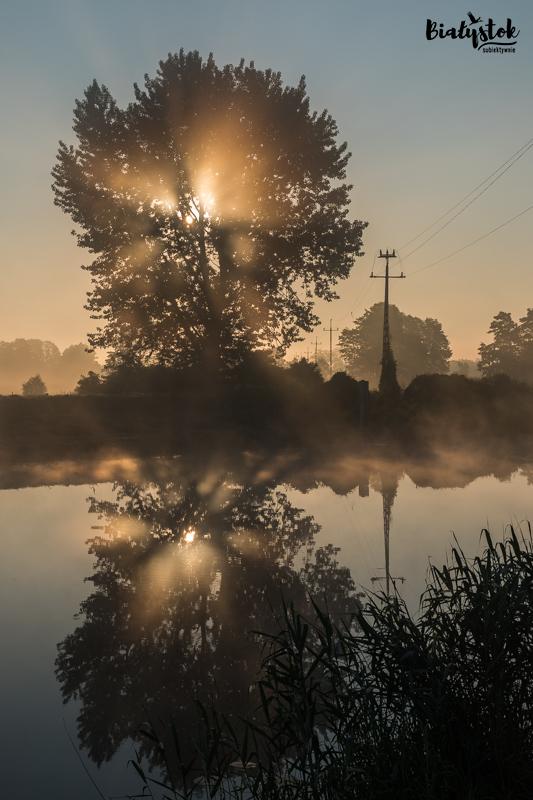
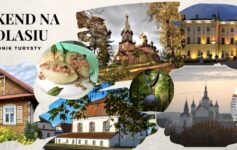
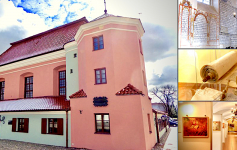
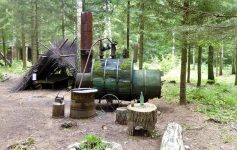


Leave a Reply